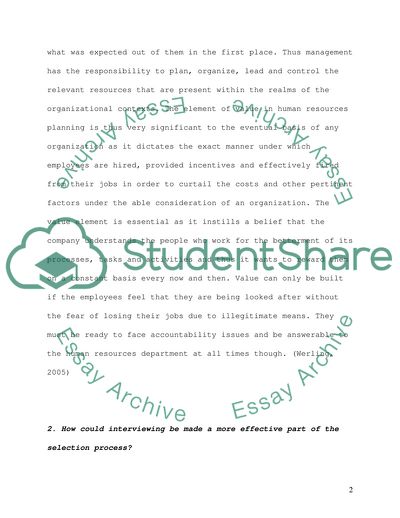Cite this document
(What Are the Impacts of Increased Flexibility on the Workplace Assignment, n.d.)
What Are the Impacts of Increased Flexibility on the Workplace Assignment. https://studentshare.org/human-resources/1715378-answer-six-questions
What Are the Impacts of Increased Flexibility on the Workplace Assignment. https://studentshare.org/human-resources/1715378-answer-six-questions
(What Are the Impacts of Increased Flexibility on the Workplace Assignment)
What Are the Impacts of Increased Flexibility on the Workplace Assignment. https://studentshare.org/human-resources/1715378-answer-six-questions.
What Are the Impacts of Increased Flexibility on the Workplace Assignment. https://studentshare.org/human-resources/1715378-answer-six-questions.
“What Are the Impacts of Increased Flexibility on the Workplace Assignment”. https://studentshare.org/human-resources/1715378-answer-six-questions.


